10 Ways to Stay Cool Without the High Energy Bills This Summer
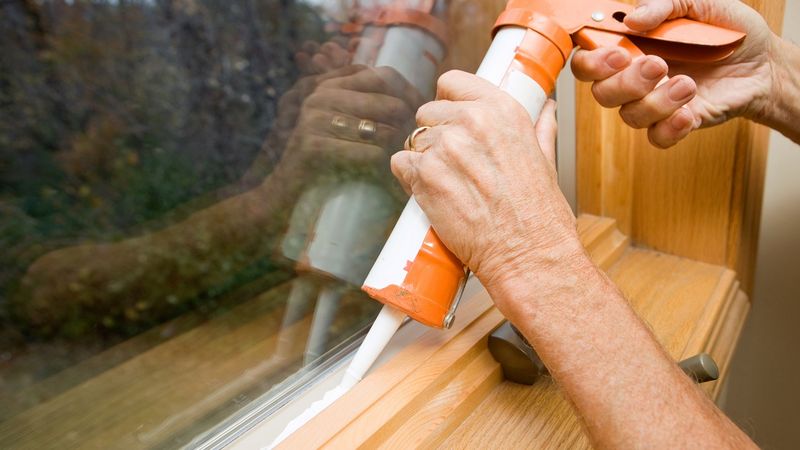
Summer heat can be brutal, and so can the energy bills that come with it. Many of us crank up the air conditioning without thinking about alternatives that could save money while keeping us comfortable. The good news is that you don’t have to choose between sweating through summer and breaking the bank – there are plenty of smart, affordable ways to beat the heat.
1. Fan Power
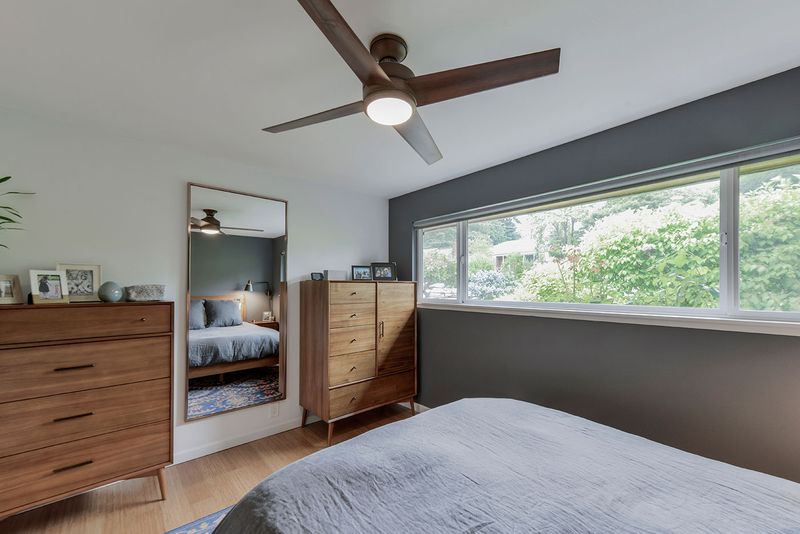
Strategic fan placement can transform your home’s comfort level without the hefty price tag of air conditioning. Position fans near windows at night to pull in cooler air, creating natural cross-ventilation throughout your living space.
Remember to flip that switch on your ceiling fans to run counterclockwise during summer. This simple adjustment pushes air downward, creating a refreshing breeze that makes the room feel up to 4 degrees cooler without changing the actual temperature.
For maximum cooling effect, place a bowl of ice or a frozen water bottle in front of a portable fan. The air blowing across the ice creates a chilly mist that can provide instant relief on particularly sweltering days.
2. Block the Heat Before It Enters
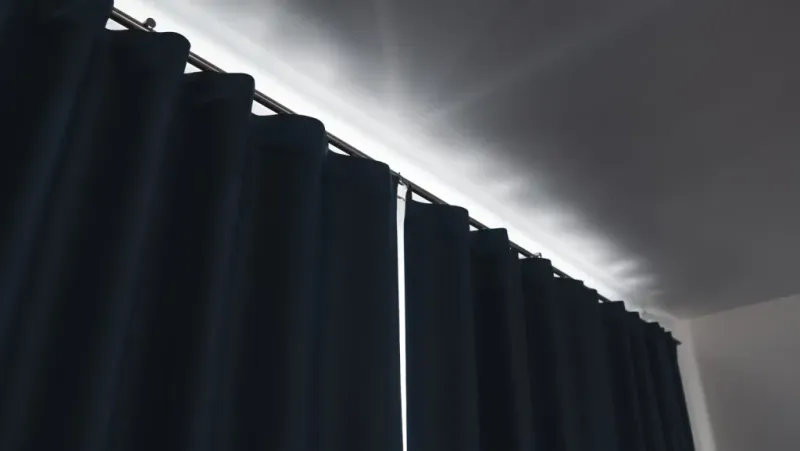
Morning sunshine might boost your mood, but by afternoon, those rays transform your home into a greenhouse. Thermal or blackout curtains aren’t just for sleeping in – they’re your first defense against solar heat gain, blocking up to 99% of unwanted light and reducing heat transfer by 25%.
White or reflective window coverings bounce sunlight away rather than absorbing it. For even better results, install exterior solutions like awnings or solar screens, which can block heat before it reaches your windows.
Create a schedule based on the sun’s path around your home. East-facing windows need morning coverage, while west-facing windows require afternoon protection when the sun is most intense.
3. Seal the Leaks
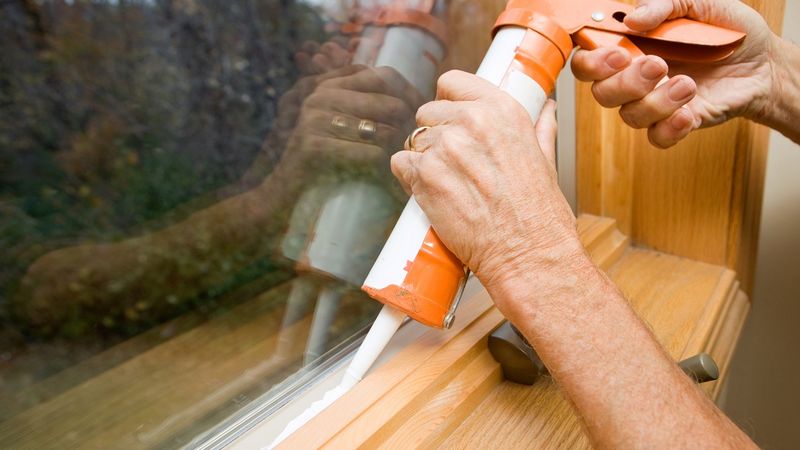
Those tiny cracks around windows and doors are secretly sabotaging your cooling efforts. A simple DIY weekend project with weatherstripping and caulk can seal these energy-draining gaps, preventing your precious cool air from escaping.
Check for leaks by holding a lit incense stick near potential problem areas – if the smoke wavers, you’ve found an air leak. Focus on obvious spots like window frames and door thresholds, but don’t forget electrical outlets and light fixtures on exterior walls.
Proper attic insulation acts as your home’s hat, preventing heat from radiating down into living spaces. Adding or upgrading insulation is one of the most cost-effective improvements, potentially reducing cooling costs by 10-50% depending on your current setup.
4. Finding Your Comfort Thermostat Sweet Spot
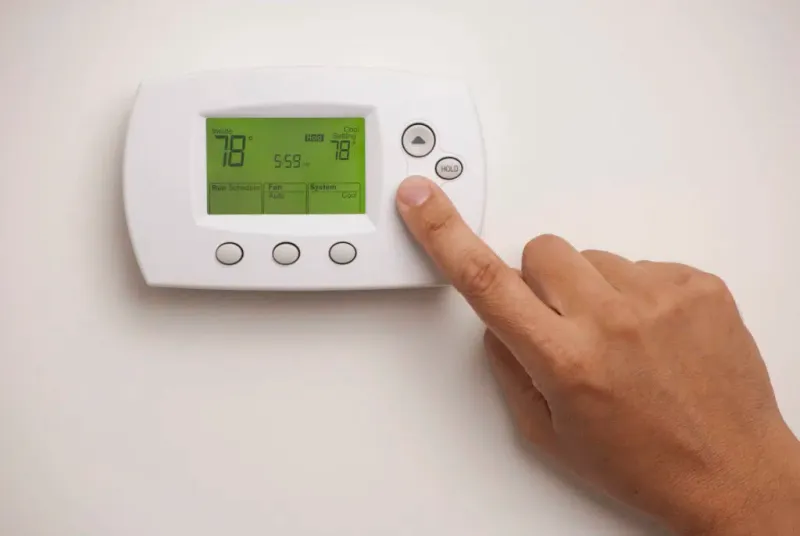
Every degree matters on your thermostat during summer. Setting your AC to 78°F while you’re home instead of the typical 72°F can slash your cooling costs by 6-8% per degree adjustment. The human body is remarkably adaptable – after a few days at this new temperature, most people adjust completely.
Try the stepwise approach: increase your thermostat by one degree each week. This gradual change gives your body time to acclimate without discomfort. Pair this strategy with light, breathable clothing and staying hydrated to enhance your natural cooling system.
When you’re sleeping or away, bump the temperature higher to 82-85°F. Your empty home doesn’t need cooling, and nighttime temperatures naturally drop, making sleep comfortable with just a fan.
5. Smart Controls
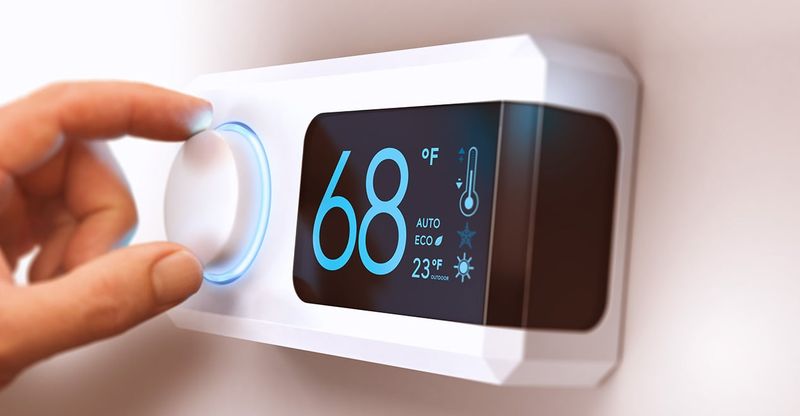
Smart thermostats are like having a tiny energy efficiency expert living in your wall. These clever devices learn your schedule and preferences, automatically adjusting temperatures to save energy when you’re away or asleep. Many models show real-time energy usage, helping you make informed decisions about your cooling habits.
The installation is surprisingly simple for most homes – typically a 30-minute DIY project that pays dividends immediately. Look for models with geofencing capabilities that detect when your smartphone leaves or approaches home, adjusting temperatures accordingly.
Many utility companies offer rebates up to $100 for smart thermostat installations, making the initial investment even more attractive. With potential savings of 10-15% on heating and cooling costs, these devices typically pay for themselves within two years.
6. How Your Bulbs Affect Room Temperature
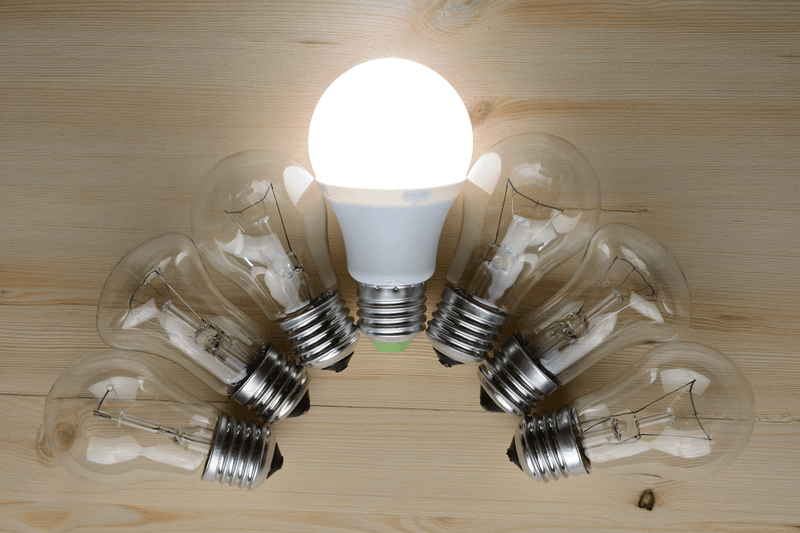
Traditional incandescent bulbs are essentially tiny heaters, converting 90% of their energy into heat rather than light. Switching to LED lighting eliminates this hidden heat source while cutting your lighting energy costs by up to 80%.
Beyond the type of bulb, consider your lighting habits. Summer brings longer daylight hours – take advantage by opening blinds in rooms not directly hit by sunlight. Natural light not only saves electricity but also improves mood and productivity without adding heat.
For nighttime, install dimmer switches or use task lighting instead of illuminating entire rooms. This targeted approach reduces both energy usage and heat output, creating a cooler evening environment perfect for winding down after hot summer days.
7. Cook Without Heating Your Home

Your oven is essentially a heat box that can raise kitchen temperatures by 10 degrees or more. Summer is the perfect time to rediscover cooking methods that won’t turn your home into a sauna. Outdoor grilling isn’t just for weekend fun—it’s a practical way to keep cooking heat outside where it belongs
Small appliances are summer cooling allies. Air fryers, pressure cookers, and microwaves use significantly less energy and generate minimal heat compared to conventional ovens. Try meal prepping during cooler morning hours, then simply reheating portions later when temperatures peak.
Consider establishing a weekly no-cook rotation featuring refreshing salads, sandwiches, and cold soups. These meals not only keep your kitchen cool but also provide the lighter fare our bodies naturally crave during hot weather.
8. Simple Maintenance for Maximum Efficiency

A neglected air conditioner works harder and costs more to run. Replacing or cleaning filters monthly during heavy-use summer months can lower energy consumption by 5-15%. This simple 5-minute task improves airflow and prevents your system from struggling against dust buildup.
Keep outdoor condenser units clear of debris, vegetation, and obstructions. Plants, leaves, or stored items within two feet of the unit restrict airflow, forcing the system to work harder. Gently spray the exterior coils with a hose to remove accumulated dirt without damaging delicate fins.
Consider a professional tune-up every spring before the heat hits. Technicians check refrigerant levels, clean internal components, and identify potential problems before they lead to expensive breakdowns. This preventative care typically costs $75-150 but can extend your unit’s lifespan by years.
9. Hunt Down Hidden Energy Drains
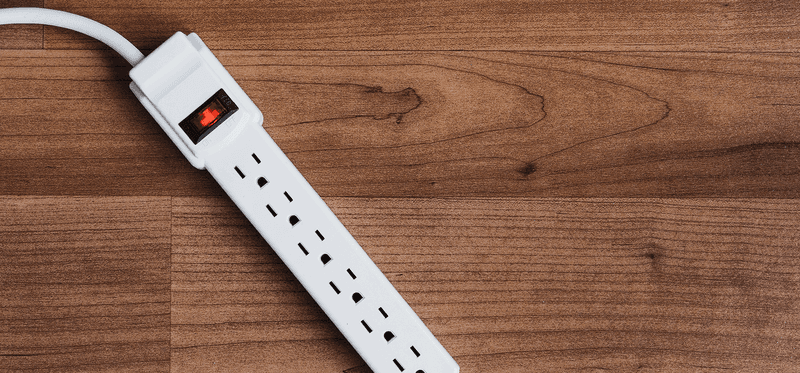
Electronics silently sip electricity even when switched off, generating heat and inflating bills. This “phantom load” can account for up to 10% of home energy use. Unplugging devices when not in use is effective but cumbersome for everyday life.
Smart power strips offer a practical solution by automatically cutting power to peripheral devices when the main device is turned off. For example, when you power down your TV, the strip also cuts electricity to the cable box, game console, and sound system. Some advanced models even detect when devices enter standby mode.
Focus your phantom-hunting efforts on the biggest culprits: entertainment centers, computer setups, and kitchen appliances. Even small adjustments like unplugging chargers and coffee makers can contribute to a cooler home environment while trimming your energy bill.
10. Strategic Landscaping for Cooling

Trees aren’t just beautiful—they’re natural air conditioners. Properly placed shade trees can reduce surrounding air temperatures by up to 6 degrees and cut air conditioning costs by 15-50%. Fast-growing varieties like hybrid poplars or river birches can provide meaningful shade within just 5-8 years.
Don’t have space or patience for trees? Trellises with climbing vines like morning glory or clematis create vertical shade screens that block sun from hitting walls and windows. These living curtains can be established in a single growing season while adding visual interest to your home’s exterior.
For immediate relief, retractable awnings or shade sails offer flexible protection that can be adjusted as the sun moves. These tactical solutions allow you to enjoy sunlight when desired while blocking intense afternoon rays that heat up your home.

Comments
Loading…